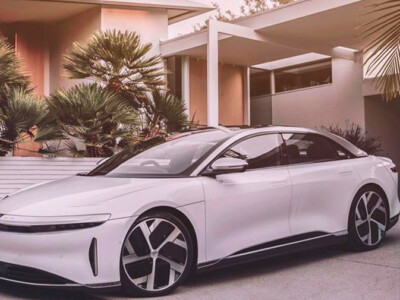
The impending wave of electric trucks and SUVs, exemplified by models like the Rivian R1T, R1S, and the Ford F-150 Lightning, is making the idea of camping and living in emission-free recreational vehicles more viable in the near future.
It’s not surprising that potential buyers of this type of vehicle have high expectations, which might not fully align with current battery technology, charging infrastructure, and desired price points.
Earlier this year, several conceptual vehicles demonstrated that the recreational vehicle (RV) industry, traditionally somewhat conservative, is not lagging behind. Among them, Winnebago’s e-RV concept based on the Ford Transit features an 86 kWh battery pack with a range of 125 miles. In contrast, Thor Industries, also starting with the Transit, incorporated a battery pack, a hydrogen fuel cell, and a solar roof, offering a range of 300 miles.
While these approaches might seem complex, Thor recently shared the results of a study supporting its vision. The survey, conducted in December 2021, involved 675 respondents with EV or RV experience in the last 10 years.
The study found that 97% of respondents expect to drive three hours or more before needing to charge. Moreover, 45% anticipate driving five or six hours from home before having to charge, aligning with the 300-mile range that Thor provides.
Nearly 20% see that point as eight hours or more with one charge, suggesting a range of over 500 miles. While achieving 300 miles might be a realistic goal in a few years, surpassing that figure could be physically impossible given current battery price and weight limitations.
The study also revealed that 47% of respondents would use an electric RV at least once every two to three weeks, and some would use it at least once a week. Regarding expected charging times, the most popular response was in the range of 45 to 59 minutes, highlighting the need for fast DC charging stations in both products and camping areas.
Surprisingly, 70% of respondents indicated that an onboard hydrogen fuel cell system to complement or charge the battery would positively affect their purchase intent. While this might pose infrastructure challenges, the acceptance of such technologies signals a shift in consumer mindset.
In addition to electric RV projects, Thor introduced the eStream travel trailer concept, featuring its own propulsion system and an 80 kWh battery. This underscores the need for serious and high-power charging infrastructure in camping areas to support these advancements in electric mobility.







